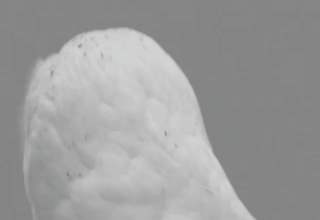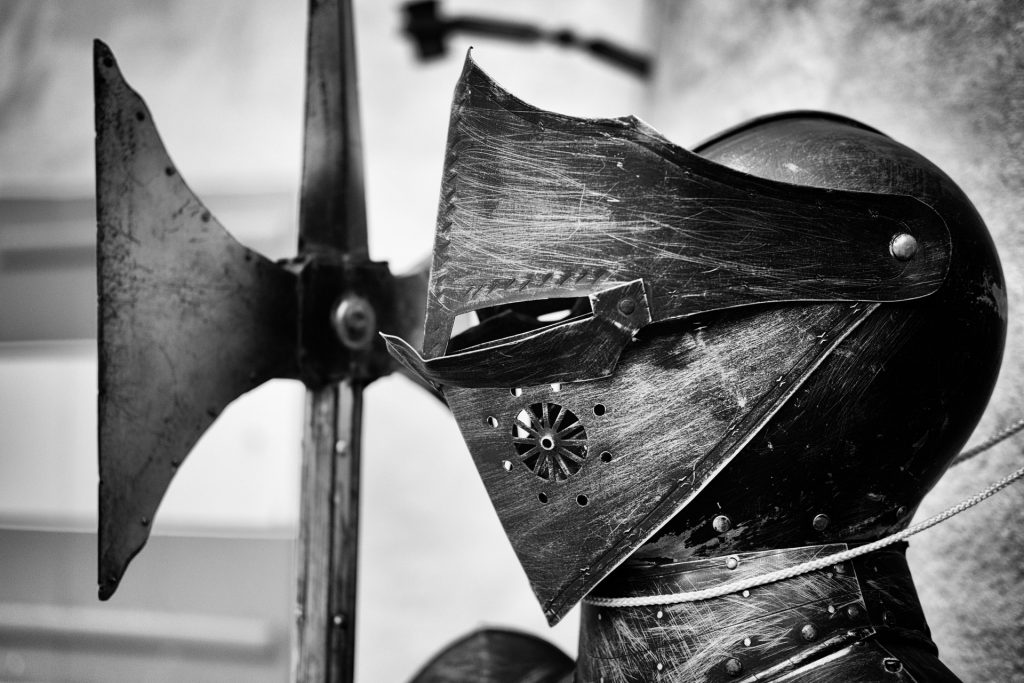Quirky History: A Hootenanny with Owls in Medieval Margins
It’s #wolwednesday, the day of the week when we celebrate the animal that #wolwednesday’s originator author Sam Sykes calls the most perfect creation in nature, the furious and ruthless feathered bag of wisdom and anger—the mighty wol. Or, as it is known to the rest of the world, the owl.
We'd like to highlight this weekly day of celebration by taking a closer look at owls in medieval manuscripts. Because as we all know, the owls are not what they seem.
When we think of owls we think of them as animals that represent wisdom. But that is the view of the ancient world. Ancient Greece to be exact. During the Middle Ages, owls carried a completely different meaning.
First of all, people who lived in the Middle Ages had a soft spot for puns. So words that resembled each other became associated with one another, even if the actual meaning of these words couldn’t be farther apart. The owl is an excellent example of this.
The Latin word for owl is Bubo. Bubo is also the Greek word for boil, as in lymph node filled with puss. This is, e.g., where Bubonic plague got its name.

To the medieval mind this meant that owls and swollen lymph nodes were connected. And so the owl became associated with sickness and filth. In other words, if you asked a person from the Middle Ages about owls they would call them the filthiest of animals.
Second, people of the Middle Ages tended to interpret their world through Christian parables. The owl prefers to be out at night, and it avoids daylight. Because of this, the owl was used in Christian morality tales to represent those who avoided the light of Christ and would rather dwell in darkness.
If you then put together the idea of owls being filthy animals with also being animals that shied away from light, over time a third interpretation of the owl developed.
The owl came to represent Jews.
This can be seen in several medieval manuscripts where owls are depicted with anthropomorphic features. The face looks nearly human, and the beak has been drawn to resemble a hooked nose, much like the antisemitic visual stereotypes.
Luckily today, the medieval interpretation of the owl as a filthy animal representing early anitsemitism has been abandoned. We have returned to consider the owl a wise animal. Or as Sam Sykes himself puts it, a creature of theater and warfare, an animal subconsciously loved by all people in the world.
In short, the mighty wol.
Thank you to Christine Ekholst, Sara Ellis Nilsson, and Sam Sykes.







